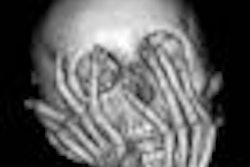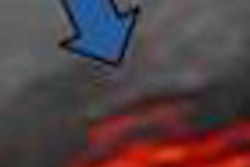Dear AuntMinnie Member,
For decades now, CT has demonstrated its value in imaging patients who, while they may be sick, are at least still alive. In recent years, the modality has also developed a reputation as the go-to tool for unlocking the secrets of subjects dead for hundreds if not thousands of years -- namely, mummies.
Austrian researchers used MDCT to analyze a collection of mummies from the Chachapoyan society of northern Peru. The Chachapoyas eventually fell to Inca and Spanish conquest, but the study from Vienna found that CT of preserved Chachapoyan mummies gives us important clues to the nature of their society.
Learn what CT tells us about the Chachapoyas in an article by copy and production editor Nicole Pettit by clicking here, or visit our CT Digital Community at ct.auntminnie.com.
When to use breast MRI
In other news, MRI is a powerful tool for finding signs of breast cancer, but the modality also has a downside in the form of a relatively high false-positive rate that can lead to additional follow-up tests.
In a new article by associate editor Kate Madden Yee in our Women's Imaging Digital Community, U.S. researchers describe how they selected patients in an effort to maximize MRI's utility while minimizing incidental and false-positive findings. Learn more by clicking here.
Also in the community, read a report from the fall meeting of the American College of Radiology Imaging Network (ACRIN), where international editor Eric Barnes was in attendance to report on a study comparing breast MRI to mammography for presurgical planning of patients who have already received chemotherapy.
Find out which modality did a better job of predicting diameter and tumor volume by clicking here, or visit the community at women.auntminnie.com.




















